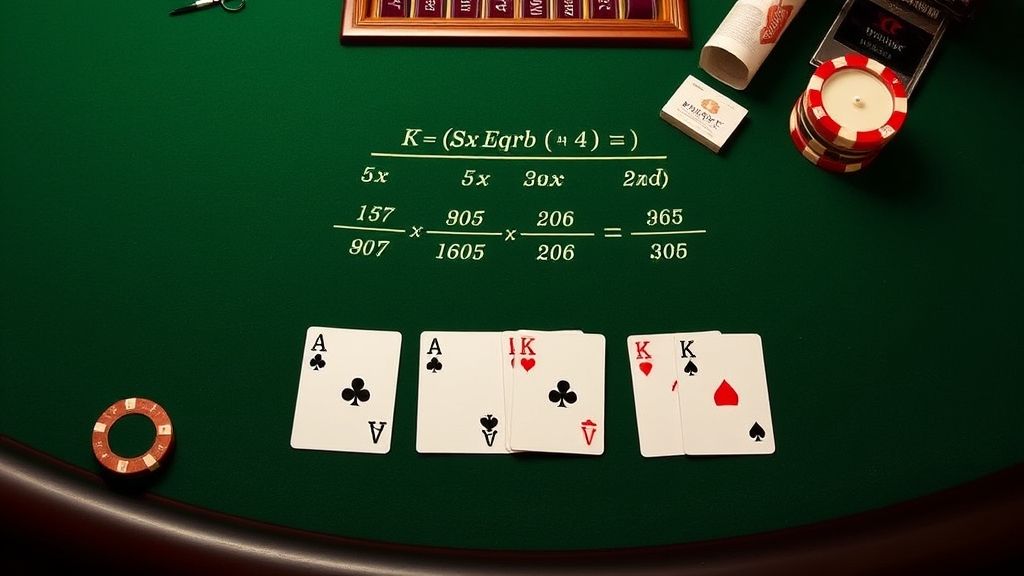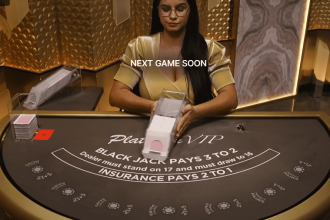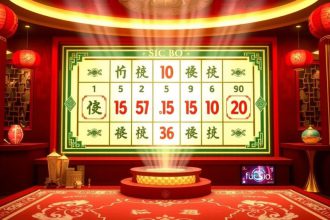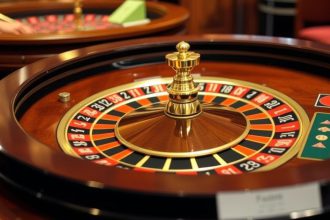Side bets in blackjack, such as Perfect Pairs and 21+3, introduce additional wagering opportunities with distinct mathematical properties. These bets typically carry higher house edges than the main game (around 0.5% with basic strategy), making them attractive for casinos but riskier for players. This analysis focuses on probabilities, expected values (EV), and house edges for these bets, derived from combinatorial calculations for multi-deck games. Data is based on standard 52-card decks, with variations in pay tables and deck counts affecting outcomes.
Perfect Pairs: Probability and House Edge
Perfect Pairs wagers on the player’s initial two cards forming a pair, categorized as:
- Perfect Pair: Same rank and suit (e.g., two Ace of Spades).
- Colored Pair: Same rank and color, different suits (e.g., Ace of Spades and Clubs).
- Mixed Pair: Same rank, different colors (e.g., Ace of Hearts and Spades).
For 6 decks, total card combinations are ( \binom{52 \times 6}{2} = 46,566 ). Probabilities are calculated as favorable outcomes over total:
- Prob(Perfect) = ( \frac{13 \times 4 \times \binom{6}{2}}{46,566} \approx 0.0161 )
- Prob(Colored) = ( \frac{13 \times 2 \times ( \binom{12}{2} – 2 \times \binom{6}{2} ) }{46,566} \approx 0.0193 ) (adjusting for same-color suits).
- Prob(Mixed) = ( \frac{13 \times 12 \times 6 \times 6}{46,566} \approx 0.0386 )
EV = ( \sum (\text{Prob}_i \times (\text{Payout}_i + 1)) – 1 ), where losing hands return 0 (stake lost).
Common pay table (25:1 Perfect, 12:1 Colored, 6:1 Mixed):
- EV ≈ (0.0161 × 26) + (0.0193 × 13) + (0.0386 × 7) – 1 ≈ -0.061
- House Edge: 6.1%
Variations show house edges from 2.17% (generous tables, 8 decks) to 26.21% (stingy tables, 2 decks). More decks lower the edge by increasing pair probabilities slightly.
| Decks | House Edge (Table A: 25/12/6) |
|---|---|
| 2 | 22.33% |
| 4 | 10.14% |
| 6 | 6.11% |
| 8 | 4.10% |
21+3: Combinatorial Poker Analysis
21+3 combines the player’s two cards and dealer’s upcard into a three-card poker hand. Key hands: Suited Three-of-a-Kind, Straight Flush, Three-of-a-Kind, Straight, Flush.
For 6 decks, total combinations: ( \binom{312}{3} = 5,013,320 ).
Example probabilities (Version 7: 100/40/30/10/5 payouts):
- Prob(Suited 3-Kind) ≈ 0.000207
- Prob(Straight Flush) ≈ 0.002068
- Prob(3-Kind) ≈ 0.005041
- Prob(Straight) ≈ 0.031021
- Prob(Flush) ≈ 0.058424
EV = ( \sum (\text{Prob}_i \times (\text{Payout}_i + 1)) – 1 \approx -0.037 ) (for 8 decks, Version 7).
House Edge: 3.70% (6 decks).
House edges vary widely by version:
- Version 1 (9:1 all wins): 3.24% (6 decks)
- Version 4 (30/20/10/5): 13.39% (6 decks)
- Version 5 (100/40/25/10/5): 7.14% (6 decks)
| Version | Payouts (Suited3K/SF/3K/Str/Flush) | House Edge (6 Decks) |
|---|---|---|
| 1 | 9/9/9/9/9 | 3.24% |
| 3 | 100/35/33/10/5 | 4.14% |
| 4 | -/30/20/10/5 | 13.39% |
| 7 | 100/40/30/10/5 | 3.70% |
Variance and Strategy Implications
Variance for side bets is high due to rare high-payout events. For Perfect Pairs, standard deviation ≈ 3.5-4.0 (vs. 1.15 for main bet). Optimal strategy: Avoid unless edge <2%, or for fun with small stakes. Card counting minimally affects side bets, as they depend on initial deals.
In conclusion, side bets’ house edges (3-13%) exceed main blackjack, driven by low-probability wins. Players should compute EV per pay table and decks for informed decisions—always verify casino rules.








